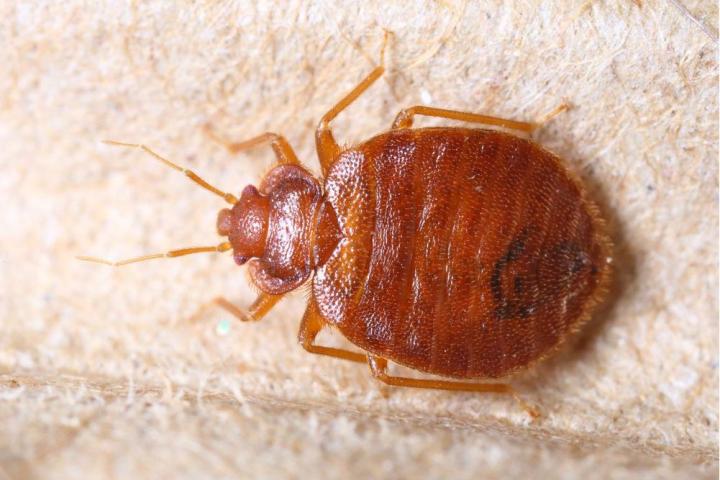
Researchers with both organizations are mapping the bedbug’s genome in hopes that it would lead to a better understanding of the insect’s behavior. From this, they hope a better pesticide could be created.
Bedbugs have evolved quickly to combat efforts to eradicate them, despite not changing in exterior appearance for nearly 60 million years. One major evolutionary change was the development of a built-in resistance against pesticides: the bedbug can secrete enzymes and proteins to nullify pesticide effects.
This resistance has seemed to only increase in recent years, resulting in a noticeable increase in population since the 1990s. Researchers looked at the genetic makeup of the insect at various life stages to explain this new resistance.
The study found that bedbugs are at their most vulnerable in the “nymph” stage, and seem to only develop the resistance to insecticides after the first blood meal. A future insecticide could be targeted to kill the bedbug in the developmental stage versus attempting to kill older bugs, for example.
With an entire genome in hand, pesticide researchers should be able to create even more effective insecticides that focus on the bedbug’s weak spots, here apparently at or near birth. “This work gives us the genetic basis to explore the bedbug’s basic biology and its adaptation to dense human environments,” study author and museum director George Amato says.
The study was published Tuesday in the journal Nature Communications, and is available in full to read from the journal’s website.


